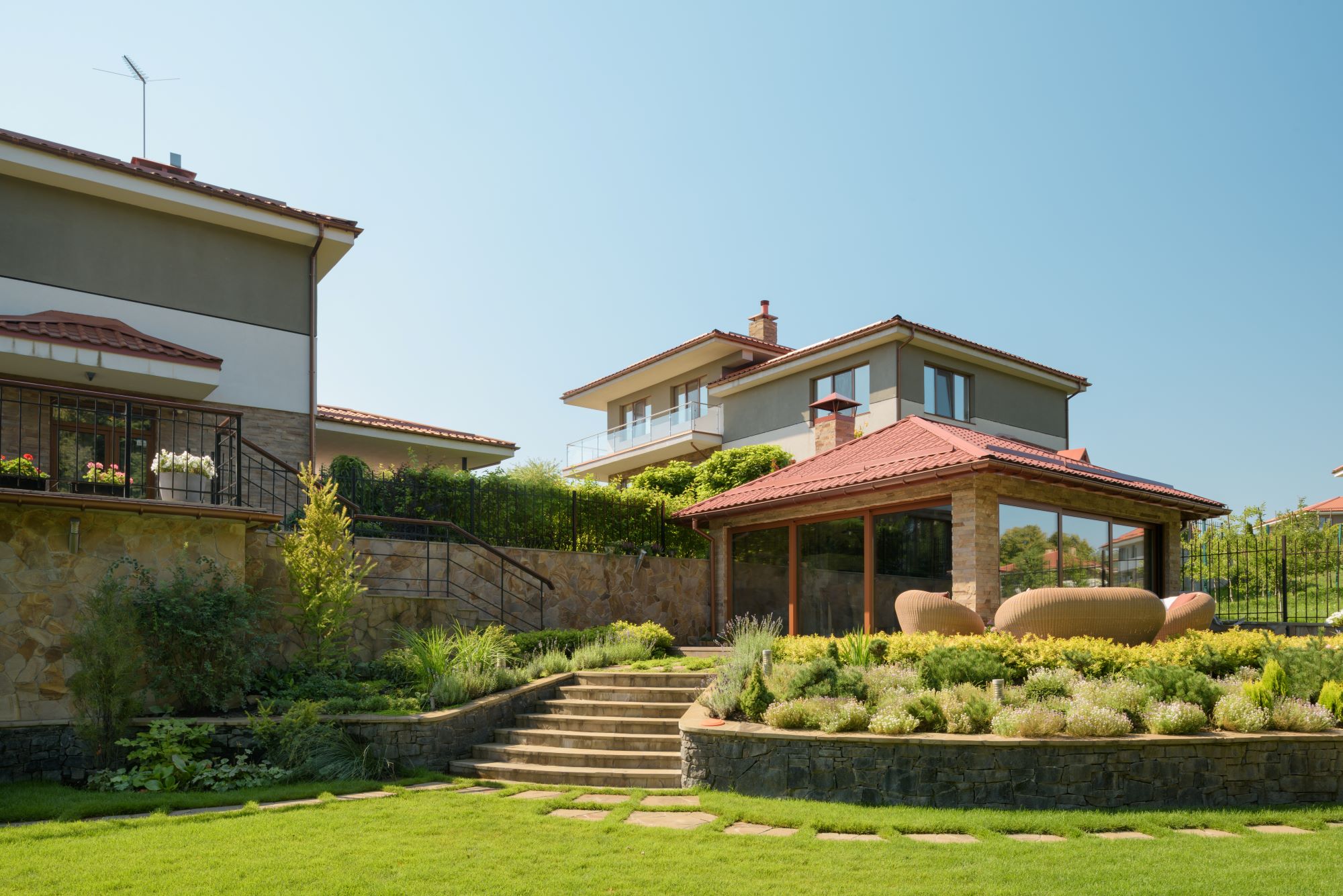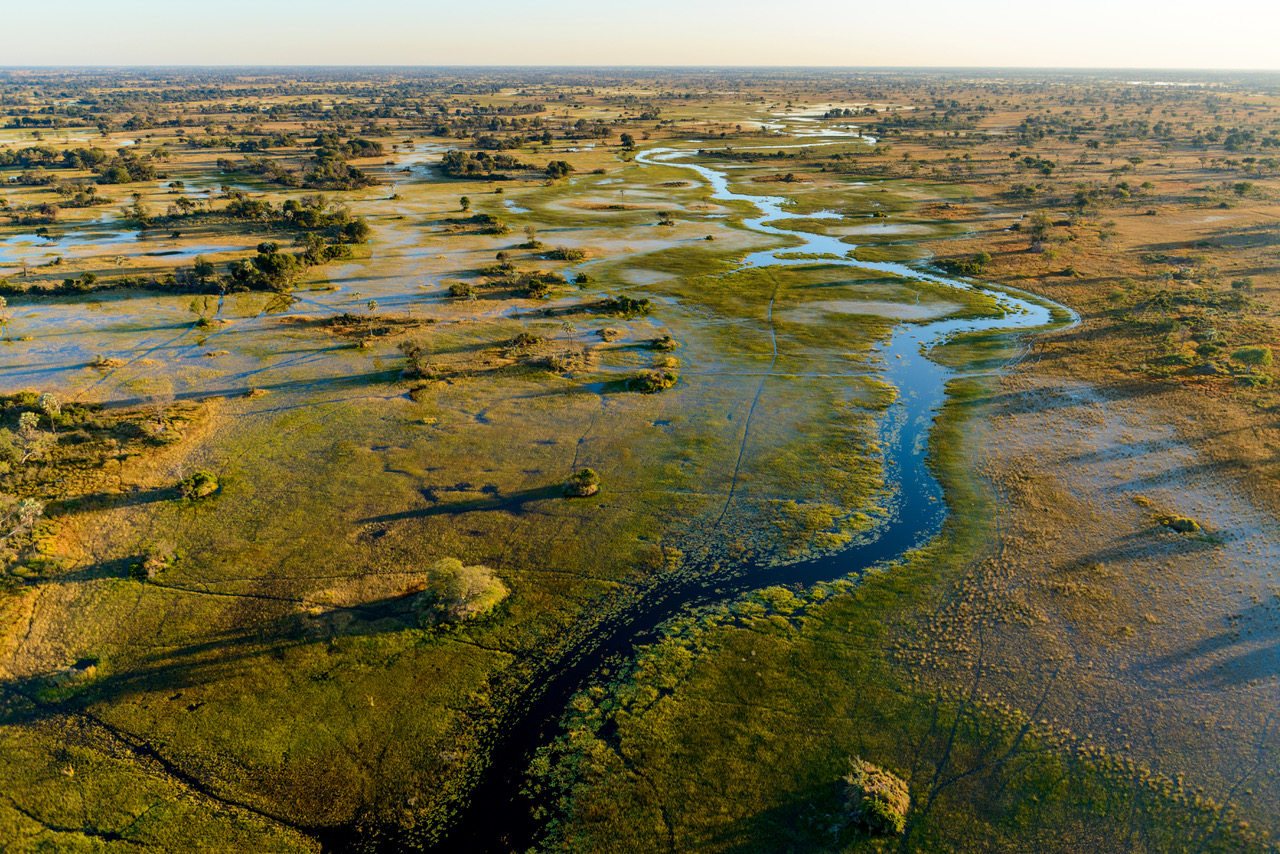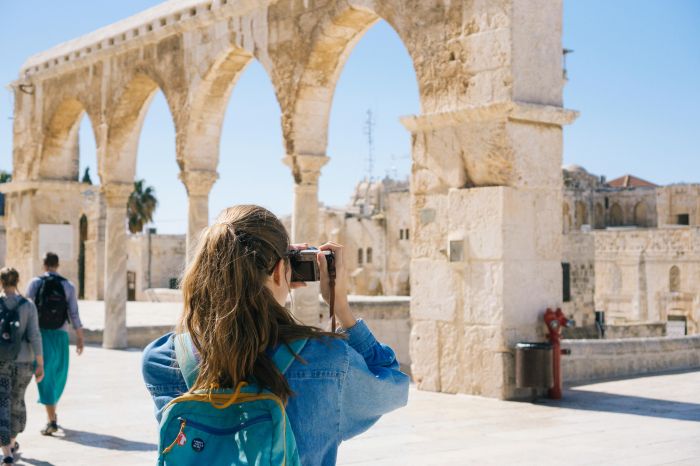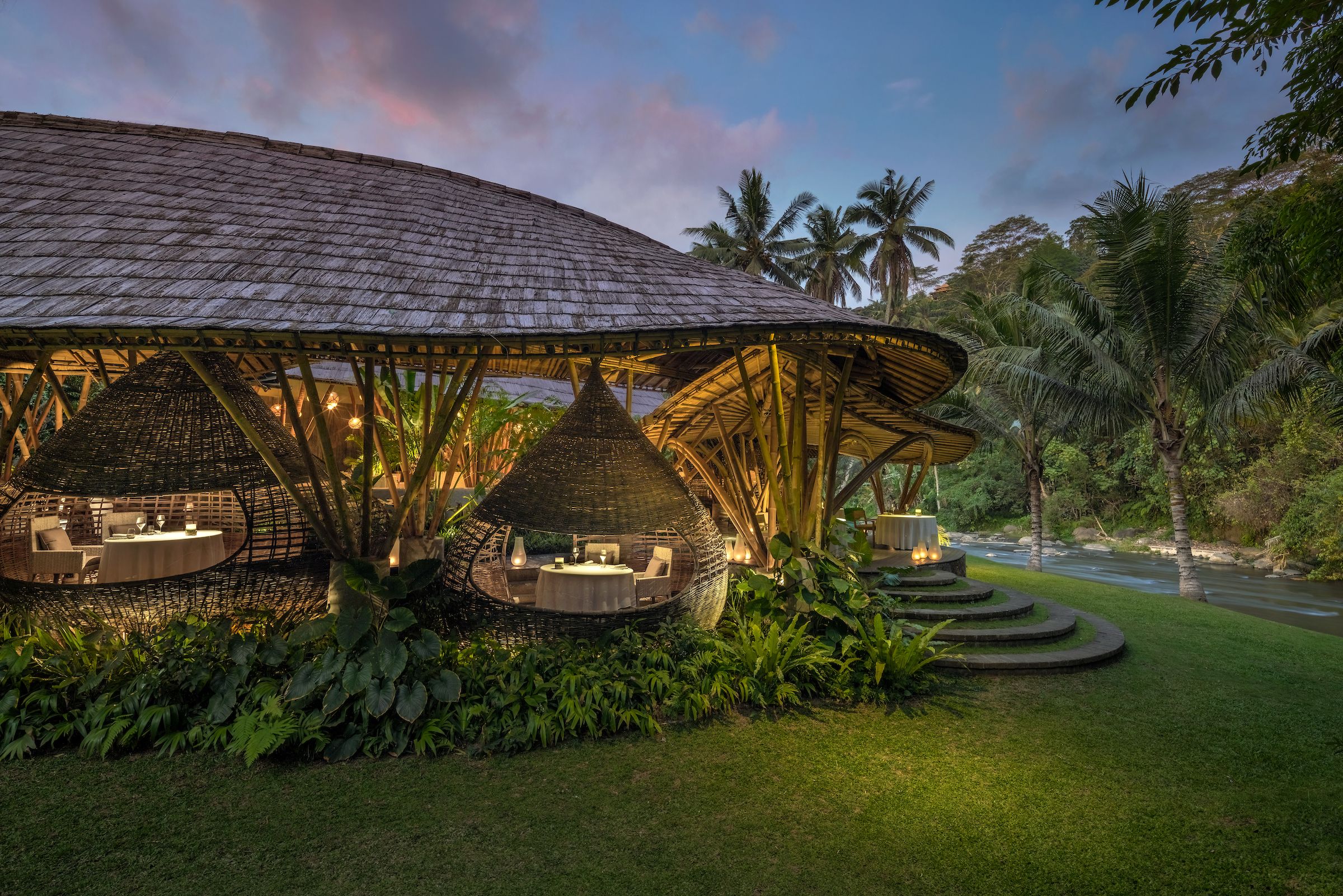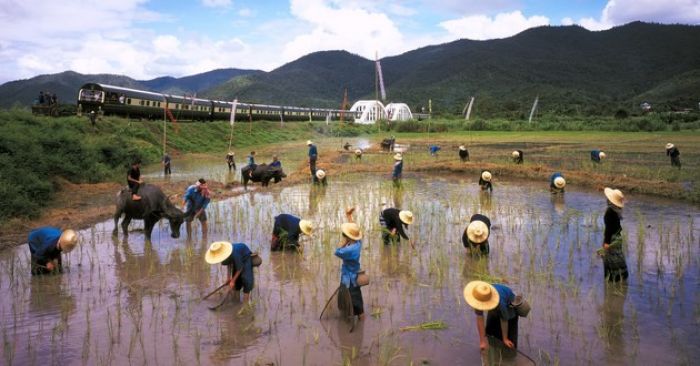
“Trains are wonderful... to travel by train is to see nature and human beings, towns... and rivers, in fact, to see life” - Agatha Christie
Few brands conjure up as much romance, mystery and nostalgia, as the “Orient Express”. Beyond the infamy of Christie’s most famous novel, this luxury train is eternally embedded in the Zeitgeist as an emblematic time machine, jettisoning off into a more glamorous, glorious, and adventurous era. Inspiring endless synonymy with tinkering ivories, cocktails on the observatory deck, long satin dresses and plush fur stoles; the Orient Expressmeets the most elevated of expectations.
Running for 126 years, from 1883 to 2009, the original Express was operated by the French “Compagnie Internationale des Wagons-Lits”. The trains offered international travel routes for (namely) European aristocrats shuttling between the capital points of the Eastern empires (Istanbul) and the imperialheartland of Western democracy (London). With the onset of war in Europe in 1914, train operations were suspended until peace resumed. Routes were reactivated in 1918, forced to accommodate the territorial changes to the European landscape. The Venice-Simplon Orient Express train was founded in 1919 to capitalize on the new access created by the Simplon tunnel, running in conjunction with the traditional Orient Express on the old familiar London to Istanbul routes. In 1982 the Venice-Simplon Orient Express was established as a private venture, offering vintage and luxurious travel for historical hedonists.
The Eastern & Oriental Express is a further satellite operation, also operated by the brilliant Orient Express Group, whose portfolio boasts a glut of old heritage hotels and experiences. Whilst this Express lacks the historical pedigree of its European predecessors, the railway system itself is brimming with history. The E&O (as it is fondly known) utilises the rich and evocative history of Far Eastern rail travel.
Numerous Siamese and British rail surveys were commissioned in the late 19th century, with a history frequented by teasing characters such as "Messrs Punchard & Co", and British colonial administrator Holt Hallet, who spent many years journeying through Siam and Burma (appropriately, by elephant) to identify viable trading routes. The early 20thcentury was the zenith of rail travel across the Orient, where established colonial communities sought to join the dots across Asia. This period of history is charged with emotion, fatality and adventure. A sojourn on the Eastern & Oriental Express offers a fleeting window into a bygone era. I was in my element.
We had spent nearly 10 weeks in South East Asia, by the time we rolled into Bangkok’s sprawling central railway station. Our previous visit to this station had been to catch a very different kind of train into Southern Laos, and we were fierce in our anticipation of a more enjoyable voyage. Having spent the previous day desperately shopping to upgrade our crumpled 10-week wardrobe, we arrived at the private E&O departure booth, dressed in our Sunday best. As Bangkok’s dust and bustle ensued around us, we were greeted by the train operators, resplendent in gleaming white uniforms. Pleasingly, all guests were enlivened by a sense of occasion, with a proud display of chinos, hats, and crisp linen suits on show.
We were embarking the train at Bangkok, to spend the following 4 days and 3 nights snaking down to Singapore. Our route would take us through the Southern length of Thailand, over the Bridge on the River Kwai (and a chilling section of the original Thailand-Burma railway), crossing into the old Malay peninsula on Day 3. Stopping at Butterworth, we would disembark to catch the ferry over to the island of Penang – once one of the mightiest capitals in the Orient (harnessed by the British East India Company). The day would then be spent enjoying cocktails at the venerable Grand Eastern and Oriental Hotel (founded in 1885), and circling the city in a veritable fleet of brightly decked-out rickshaws. Whistling through Kuala Lumpur in the late evening of Day 3, and darting past yet another colonial trading stalwart, Malacca, by lunchtime on Day 4 we would cross the Straits of Johor, and arrive in the cosmopolitan capital of Singapore.
As we boarded the train, we were ushered into our Pullman Superior Cabin, which was small, but perfectly formed, bedecked with Rosewood and Frangipani aplenty. You have to be fairly organized to function in the space (and be prepared to be fairly intimate with your companion), however curling up with a book on the ‘cosy’ lower bunk, watching Thailand and Malaysia develop out of the window, is a somewhat special experience. Armed with Tiziano Terzani’s gorgeous “Earthbound travels in the Orient”, I was appropriately enveloped by the magic of the Far East. For those with bigger budgets, the State and Presidential Cabins offer more living space, and adjacent beds. However, for more sprightly souls, you can’t beat clambering up a wooden ladder and tucking into the Pullman’s top bunk, speeding into oblivion, as the train rattles away into the night.
Our daylight hours were to be spent in a blur of silver service breakfasts, scones, clotted cream, rich three-course lunches and delicious black-tie suppers. You need to be prepared to eat, and make peace with the fact that this will be a glutinous, inactive, albeit imperial four days. Daily activities were presented in the Lounge Car from traditional dances to cookery demonstrations, and of course, the Orient Express would not be complete without pre-dinner cocktails by the piano.
Our fellow train-travellers were an eclectic bunch, with a couple of honeymooners, Singapore veterans, and European holiday makers. Everybody was keen to embrace the spirit of the train, with interaction actively promoted by both the coordinated seating plans for supper, and (more illicitly) those rather narrow corridors.
The jewel in the E&O's crown, is by far and away the bewitching ‘Observatory Car‘, where we would spend hours framed by the panoramic drama of the Thai and Malaysian landscape. The train would compete with bicycles, buffaloes and bulging carts, as she sped through miles of jungle, farmland, mangroves and coastline. In apt, titular fashion, we were offered a unique perspective on a very well-explored sub-continent. No need to venture off the beaten track here.
Pulling out of Bangkok (and indeed most stations to follow), the train was waved off in jubilance and iconic recognition. And with that, we were off. All (very comfortably) aboard the Orient Express...












